I never see any difference in boys. I only know two sorts of boys. Mealy boys and beef faced boys

I never see any difference in boys. I only know two sorts of boys. Mealy boys and beef faced boys
In the world of Charles Dickens, the distinction between "mealy boys" and "beef-faced boys" is a reflection of the social hierarchy and class divisions that were prevalent during the Victorian era. Dickens was known for his keen observations of society and his ability to create vivid characters that represented different aspects of society.The term "mealy boys" refers to boys who are pale, weak, and sickly. These boys are often portrayed as being from lower social classes, living in poverty and struggling to survive in a harsh and unforgiving world. They are often malnourished, neglected, and mistreated, leading to their mealy appearance and fragile constitution. These boys are often victims of the harsh realities of life, facing hardships and challenges that are beyond their control.
On the other hand, "beef-faced boys" are portrayed as being robust, healthy, and well-fed. These boys come from more privileged backgrounds, enjoying the comforts and luxuries that come with wealth and social status. They are often portrayed as being arrogant, entitled, and oblivious to the struggles of others. These boys are the products of a society that values wealth and power above all else, leading them to become self-absorbed and disconnected from the realities of the world around them.

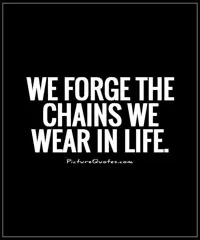
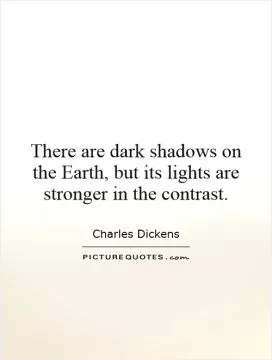

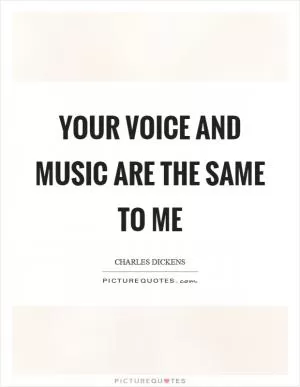

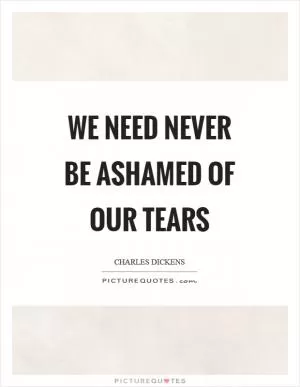
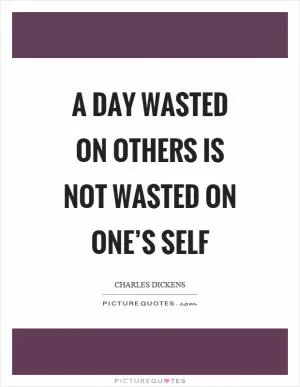
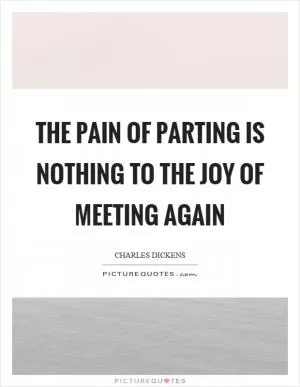
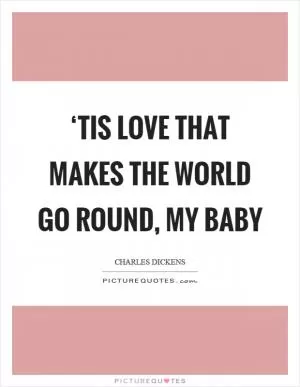


 Friendship Quotes
Friendship Quotes Love Quotes
Love Quotes Life Quotes
Life Quotes Funny Quotes
Funny Quotes Motivational Quotes
Motivational Quotes Inspirational Quotes
Inspirational Quotes